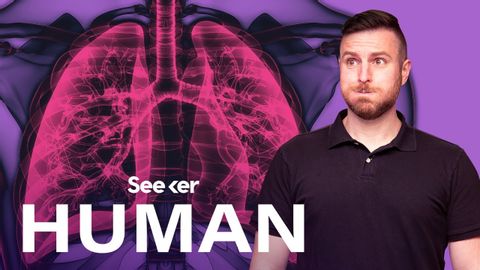ここでは、あなたの呼吸を保持することは、あなたの体に何をするかです。 (Here’s What Holding Your Breath Does To Your Body)
林宜悉 が 2021 年 02 月 18 日 に投稿  この条件に一致する単語はありません
この条件に一致する単語はありませんUS /ˈkɑnstəntlɪ/
・
UK /ˈkɒnstəntli/
US /ˈɛpɪˌsod/
・
UK /'epɪsəʊd/
US /ɪˈsɛnʃəl/
・
UK /ɪ'senʃl/
- n. (c./u.)集まり;仲間
- v.t.まとまる
- v.t./i.束ねられる
エネルギーを使用
すべての単語を解除
発音・解説・フィルター機能を解除
